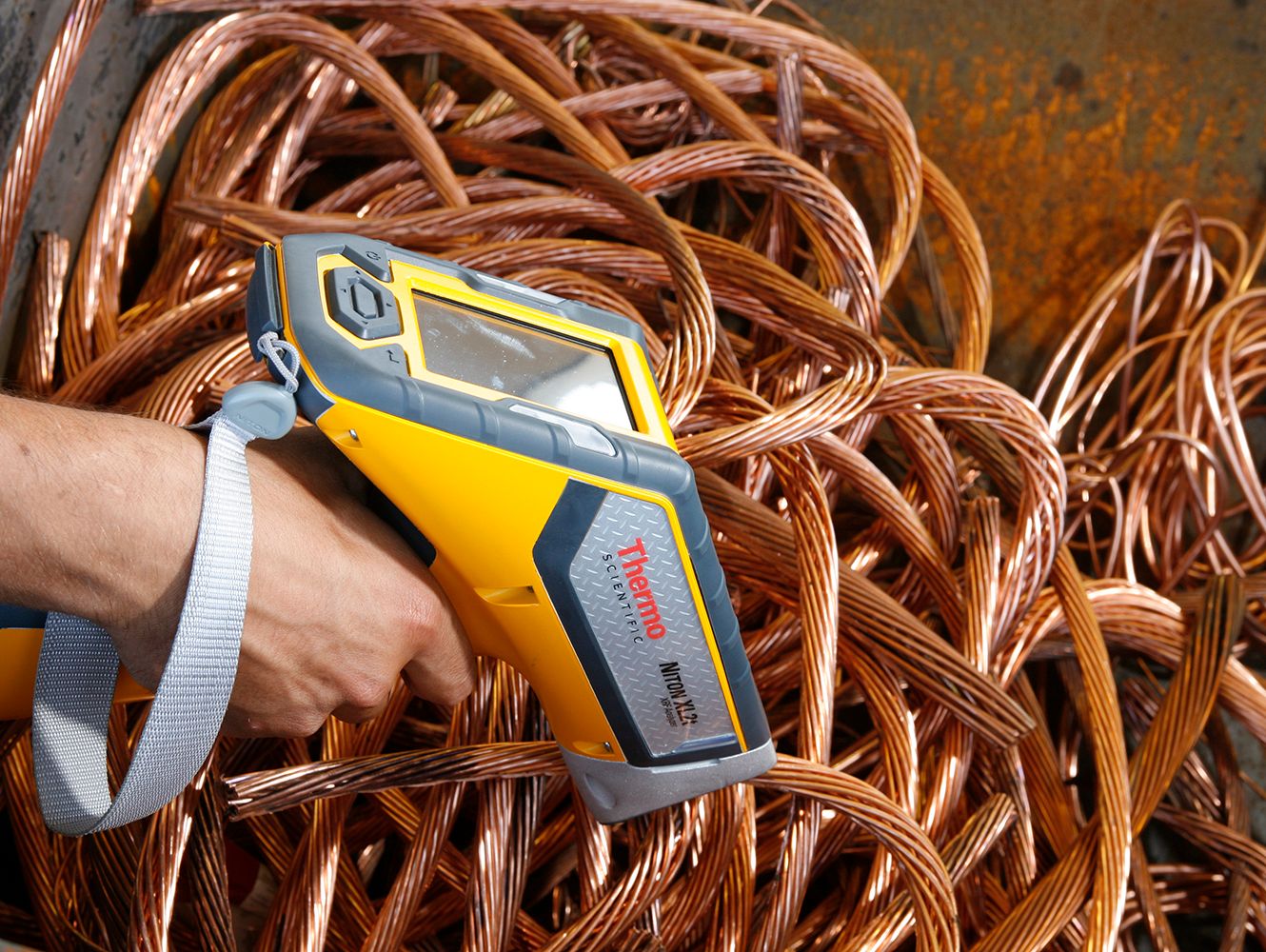
24/02/2023 0 Comments
Inspection Services: Your Questions Answered
As one of Ireland's most established Expert Inspection services, we often field questions about the inspection industry. This is entirely understandable. Some of the terminology used regarding inspections can initially seem dense and impenetrable. However, once explained, these processes' utility and complex naming conventions make much more sense. To make this information more available to clients and the curious, we have compiled some of the most common questions below and added comprehensive answers. If you still have thoughts or concerns, please get in touch with us directly.
What is mechanical testing?
Mechanical testing refers to evaluating the mechanical properties of a material, component, or structure under controlled conditions. The purpose of mechanical testing is to measure various physical properties of a material, such as its strength, hardness, toughness, ductility, elasticity, and fatigue.
Mechanical testing involves subjecting a specimen to various types of stress or strain, such as tension, compression, bending, torsion, or shear, and measuring the resulting material response. The tests can be performed using specialised equipment, such as a universal testing machine, or more specialised instruments, such as hardness or impact testers.
The results of mechanical testing can be used to determine the suitability of a material for a specific application, to evaluate the quality of a material or product, or to compare different materials to determine which one is best suited for a particular application. Mechanical testing is an essential tool for engineers and designers in various industries, including aerospace, automotive, construction, manufacturing, and materials science.
What is hardness testing?
Hardness testing is a type of mechanical testing that measures a material's resistance to permanent deformation, such as denting, scratching, or indenting. The hardness of a material is a measure of its ability to withstand surface deformation caused by a localized force, such as a blunt object or a sharp edge.
There are several methods for hardness testing, but some of the most common include the following:
Brinell hardness test: This method involves pressing a hardened steel ball into the surface of a material and measuring the diameter of the resulting indentation. The hardness is calculated based on the size of the indentation and the applied load.
Rockwell hardness test: This method uses a diamond cone or steel ball to press into the surface of a material at a specified load. The hardness is determined by measuring the depth of the indentation made by the penetrator.
Vickers hardness test: This method involves applying a load to a diamond pyramid-shaped indenter, creating a square indentation on the material's surface. The hardness is calculated based on the size of the indentation and the applied load.
Hardness testing is commonly used to evaluate the strength and durability of materials, such as metals, plastics, ceramics, and composites. Hardness testing results can help determine the suitability of a material for a particular application or to compare the hardness of different materials. Hardness testing is widely used in the manufacturing, automotive, aerospace, and construction industries.
Why is hardness testing important?
Hardness testing is an essential tool in materials science and engineering for several reasons:
Quality control: Hardness testing is an effective way to monitor and maintain the quality of materials during manufacturing. By measuring the hardness of materials at various stages of production, manufacturers can identify defects, monitor the consistency of the material, and ensure that the finished product meets the required specifications.
Material selection: Hardness testing can help engineers and designers select the most appropriate material for a particular application. By comparing the hardness of different materials, they can choose the one most likely to withstand the forces and stresses of the intended use.
Performance evaluation: Hardness testing can provide valuable information about the performance of materials under different conditions. By measuring the hardness of a material before and after exposure to heat, corrosion, or wear, researchers can evaluate its durability and suitability for specific applications.
What is failure analysis?
Failure analysis is investigating and determining the underlying cause or causes of a product, system, or process failure. The goal of failure analysis is to identify and correct the failure's root cause(s) to prevent it from happening again.
Failure analysis typically involves a systematic approach that includes data collection, documentation, and analysis of the failed component or system. It may also involve testing and simulations to help determine the cause of the failure.
Failure analysis results can be used to improve the design, manufacturing, and operation of products and systems. This can lead to increased safety, reliability, and efficiency, as well as cost savings through improved performance and reduced downtime.
If you have questions on the specifics of your following projects or would like to schedule a consultation with our experts, please don't hesitate to contact us directly.

Comments
Leave a comment